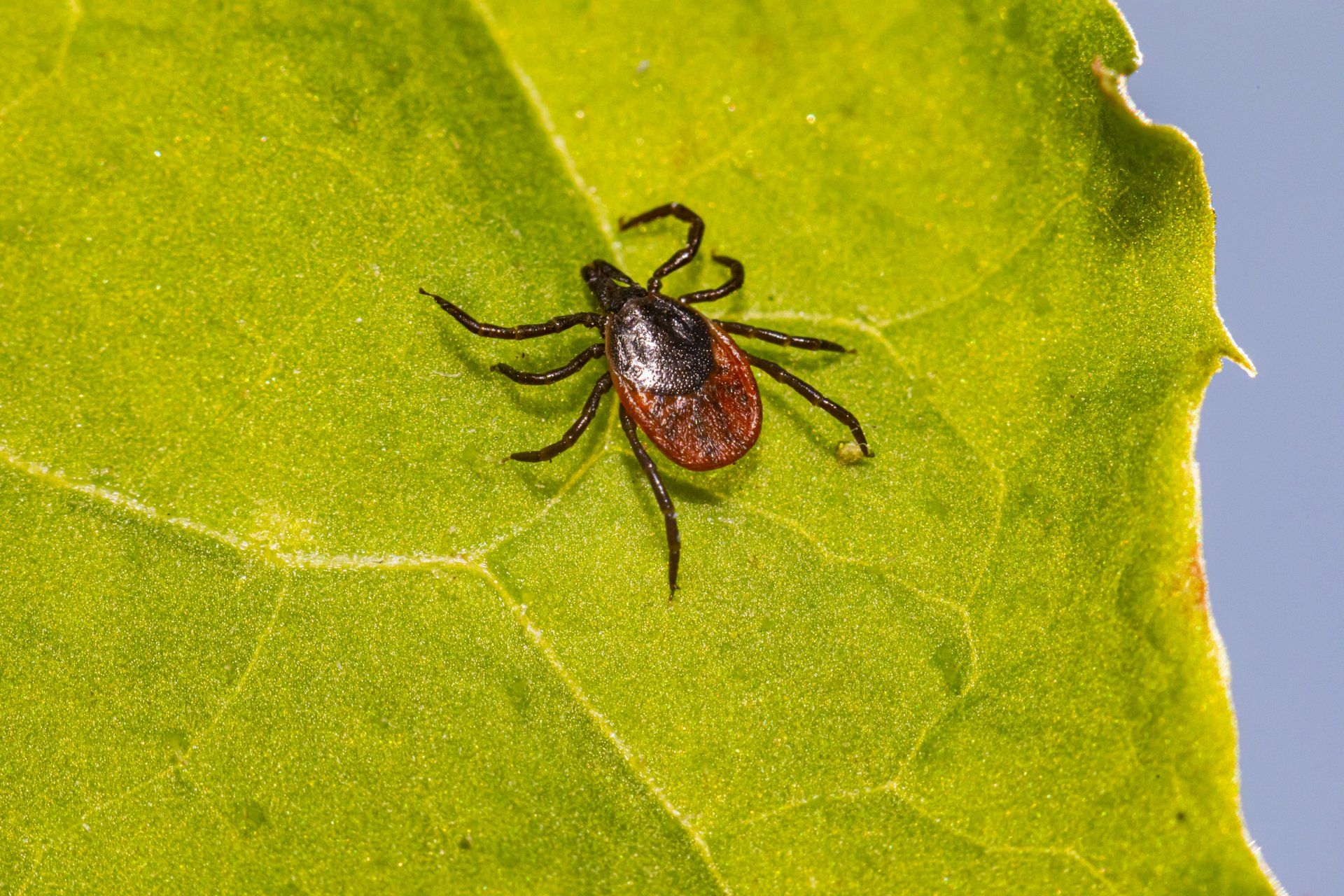E-cigarette Health Risks
In the shadow of vast anti-smoking campaigns, e-cigarettes arose as a possible “healthy” alternative to traditional cigarette products. However youth-targeted advertising campaigns have resulted in very high rates of teenage e-cigarette usage at the same time as academic research is beginning to show negative health risks of e-cigarette use. Many parents and teens have questions about this product that will be answered here and in the attached links. Please ask your provider if you have further concerns.
What are E-cigarettes?
Electronic cigarettes, otherwise known as e-cigarettes, e-cigs, vaporizers or Electronic Nicotine Delivery Systems (ENDS), are battery-powered devices that mimic tobacco cigarettes. In place of burning tobacco, e-cigarettes use an atomizer that heats and vaporizes a cartridge of liquid into an inhaled aerosol. Developed as an alternative to traditional cigarettes, they have been around since the 1960s but did not gain prominence until around 2013, and marketing has been heavily targeting youth. There are no federal regulations against selling e-cigarettes to minors, however as of 2014, Missouri outlawed their sale to minors under 18. Despite this, teenage e-cigarette usage continues to rise.
A major misconception, among parents and adolescents alike, is that e-cigarettes replace tobacco with a harmless “water vapor”- in reality, the vapor contains no water. The liquid cartridge, called e-liquid or e-juice, contains propylene glycol, glycerin, flavorings, fine particulates (to produce opaque smoke) and other chemicals; it may or may not contain nicotine.
Courtesy of Wikipedia
So, are e-cigarettes safe for our teens to use?:
Health concerns :
E-cigarettes usually contain nicotine, an addictive neurotoxin that has been shown to harm developing brains. Analysis of off-the-shelf e-liquid cartridges, which are not regulated by the FDA, have shown a wide variance in nicotine concentration. Cartridges labeled having 24mg of nicotine had anywhere from 0.1-21mg, and those labeled nicotine-free had anywhere from 0-22mg. Thus even nicotine-free e-cigarettes can be harmful to adolescents.
The aerosol propylene glycol vapor, when heated, produces carcinogens like propylene oxide, formaldehyde and acetaldehyde. The vapor can irritate the eyes, throat and airways, and can cause particular respiratory difficulty in children with asthma. Additionally, analysis of the vapor showed presence of carcinogens like nitrosamine and heavy metals like nickel, chromium and lead. Though studies have not been done on long-term risk of e-cigarettes, the presence of known toxic compounds is concerning.
Poisoning risk :
Unique to e-cigarettes, the liquid nicotine can cause poisoning through swallowing, inhalation and skin contact. With the nicotine refills coming in vibrant colors and flavors like gummi bear and cotton candy, they are inherently attractive to children. As little as a teaspoon of a 1.8% solution of nicotine can be fatal to a 40lb child. The percentage of calls to US poison control centers involving traditional and e-cigarettes was 0.3% in September of 2010, but jumped to 42% in February of 2014, with over 3800 known exposures.
Cigarette/e-cigarette related exposure calls
Image courtesy of American Association of Poison Control Centers
Risk of injury :
There have been increasing reports of burn injuries from fires and explosions linked to the recharging mechanism in e-cigarettes batteries. Unlike your cell phone, the majority of e-cigarette batteries do not have mechanisms to prevent over-charging, resulting in battery overheating that can lead to fires and explosions.
E-cigarettes and youth:
Adolescent use of e-cigarettes has surpassed that of traditional cigarettes in 2014, with 8.7%, 16.2% and 17.1% of 8th, 10th and 12th-graders respectively using e-cigarettes nationwide. These percentages are often drastically higher than traditional cigarettes.
Recent studies have shown that e-cigarettes have become a gateway to traditional tobacco products. The aggressive marketing campaigns resulted in high adolescent use, and studies have suggested that youth who may otherwise have never smoked tobacco products are becoming addicted to nicotine by using e-cigarettes. Longer-term studies are still being conducted, but early results have suggested that use of e-cigarettes was more likely to result in progression to regular use of traditional cigarettes. Worse yet, adolescents who transitioned from e-cigarettes to traditional cigarettes had less success quitting compared to those who started with traditional cigarettes.
What can parents and caregivers do?:
- First and foremost, set a positive example by being tobacco-free. If you are a current smoker, smokefree.gov has great resources to help you make a change.
- Learn the facts and talk to your children about why they should not use tobacco products or e-cigarettes.
- Know and understand the TV and online media that your child is consuming and decide if they are age-appropriate. Watch programs together and discuss the content, particularly if you see images of adolescent smoking.
For more information, please see the following links:
New York Times http://nyti.ms/29s8dqx
Chris Weil
MS Candidate, Class of 2018
University of Missouri School of Medicine
Bassett, R, et al. “Nicotine Poisoning in an Infant,” New England Journal of Medicine, May 8, 2014. Http:/www.nejm.org/doi/pdf/10.1056/NEJMc1403843
Sogian S, et al. Nicotine’s toxicologic emergencies. 9 th ed New York: McGraw-Hill, 2011: 1185-9.
Mayer B. “How much nicotine kills a human? Tracing back generally accepted lethal dose to dubious self-experiments in the nineteenth century.” Arch Toxicol 2014; 88:5-7.
US Department of Health & Human Services. The health consequences of smoking – 50 years of progress: A report of the Surgeon General, in Atlanta GA: US Department of Health and Human Services, Center for Disease Control and Prevention, National Center for Chronic Disease Prevention and Health Promotion, Office on Smoking and Health. 2014.
Abreu-Villaca Y, et al. Nicotine is a neurotoxin in the adolescent brain: Critical periods, patterns of exposure, regional selectivity and dose thresholds for macromolecular alterations. Brain research, 2003. 979(1-2): 114-28.
Dutra LM and Galantz SA. Electronic cigarettes and conventional cigarette use among US adolescents: A cross-sectional study. JAMA Pediatr, 2014.
Miech RA, et al. E-cigarettes surpass tobacco cigarettes among teens, in National Press release. 2014. University of Michigan News Service; Ann Arbor MI.
Farsalinos K, et al. “Evaluation of electronic cigarette liquids and vapour for the presence of selected inhalation toxins.” Nicotine and Tobacco Research, August 2014.
Trehy M, et al. “Analysis of electronic cigarette cartridges, refill solutions and smoke for nicotine and nicotine-related impurities.” Journal of Liquid Chromatography and Related Technologies, 34:1442-1458, 2011.








Scheduling
Important Links
Contact us
Office Phone: 417-882-1600
Fax: 417-720-2682
After Hours Line:
1-314-362-2377
Website Design: VIP Marketing Group




